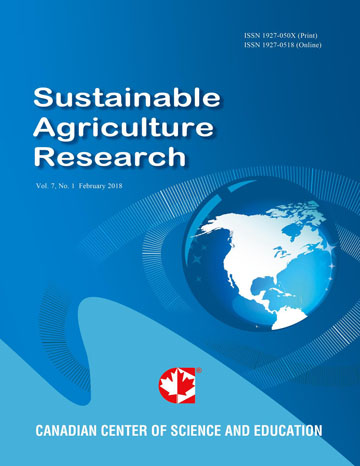Yield Characteristics of Moringa oleifera Across Different Ecologies in Nigeria as an Index of Its Adaptation to Climate Change
- Ndubuaku M.
- Ndubuaku C. N.
- Ndubuaku E.
Abstract
The pod and yield characteristics of Moringa oleifera plants grown in Ibadan (Rainforest vegetation), Nsukka (Forest-derived savannah vegetation) and Jos (arid derived savannah vegetation) were evaluated from 2007- 2009 to assess adaptability of the plant to climate change threats. The rainfall and temperature distribution in the three locations varied over the years. The Moringa oleifera plants grown at Ibadan had the greatest pod and seed yield followed by those at Nsukka and Jos in that order. The annual pod and seed production capacities of the plants differed significantly (p < 0.05) in the different locations. The overall annual pod and seed production per location, including yield characteristics, did not differ significantly throughout the years of study. Moringa oleifera was therefore found to be a suitable crop adaptable to various environmental and climatic changes in Nigeria.
- Full Text:
 PDF
PDF
- DOI:10.5539/sar.v3n1p95
Index
Contact
- Joan LeeEditorial Assistant
- sar@ccsenet.org
